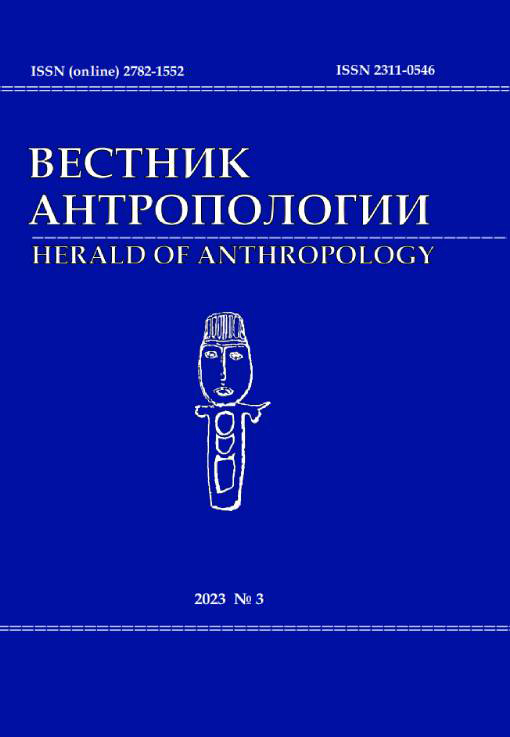Контрадикторность этнодемографических процессов в Башкортостане (1979–2020 гг.)
DOI: 10.33876/2311-0546/2023-3/319-337
Ключевые слова:
этнодемография, Урало-Поволжье, Башкортостан, этнические группы, идентичность, родной язык, этноязыковая среда, ареалы расселенияАннотация
В статье, на основе данных переписей населения, раскрыта динамика изменения численности этнических групп в Республике Башкортостан на рубеже XX–XXI вв. В Башкортостане вот уже более 40 лет не утихают споры относительно идентичности населения западного и северо-западного районов. Если в ряде переписей населения (1979, 2002 гг.) в указанных районах преобладает башкирское, то в других (1989) – татарское население. Абсолютное большинство местных жителей в этих районах своим родным языком считает татарский. Исходя из проявляющейся тенденции, в данной статье нами предпринята попытка анализа этнодемографической и этноязыковой ситуации в республике по ареалам компактного расселения татар и башкир. Отмечается, что часть населения западного и северо-западного районов Башкортостана еще в начале XX в. родным языком считала татарский, несмотря на то, что они в переписных материалах учитывались как башкиры. Перепись 1989 г., прошедшая в поздний советский период, показала существенный рост татар в Башкортостане. Однако, первая постсоветская перепись 2002 г. выдала рост башкир на 357 тыс. чел., при существенном сокращении татарского населения в республике, что, в свою очередь, вызвало определенные споры по ее итогам. Данные парадоксы последних переписей, для наиболее полного раскрытия сути происходящих тенденций, представлены в разрезе районов по ареалам компактного расселения башкирской и татарской этнических групп, что позволило бы наиболее объективно понять суть данных этнодемографических процессов в Башкортостане. В свете прошедшей в 2020 г. переписи также раскрываются этнодемографические изменения, имеющие место в городах республики, а именно, в башкиро-татарской численности.






















